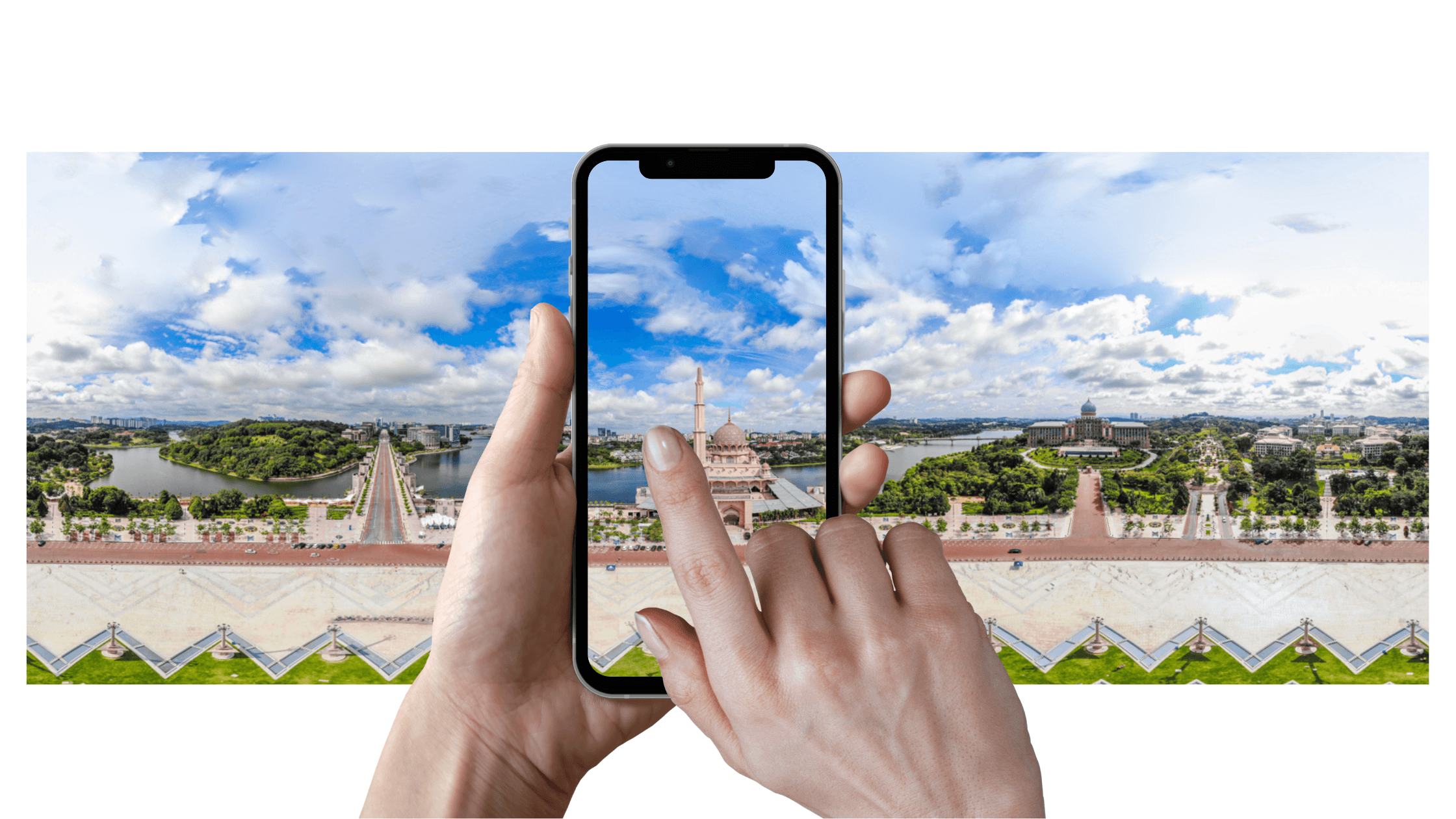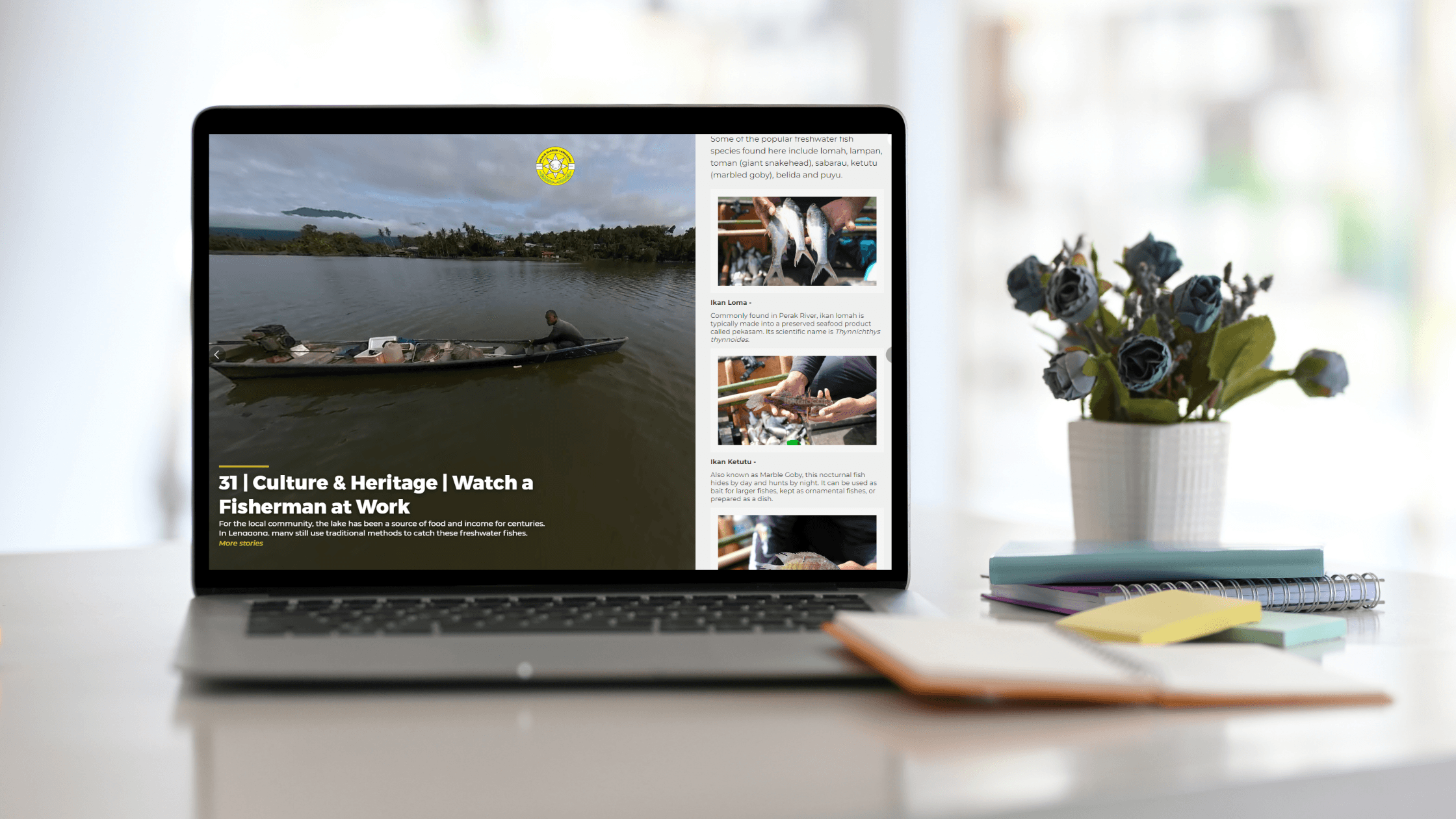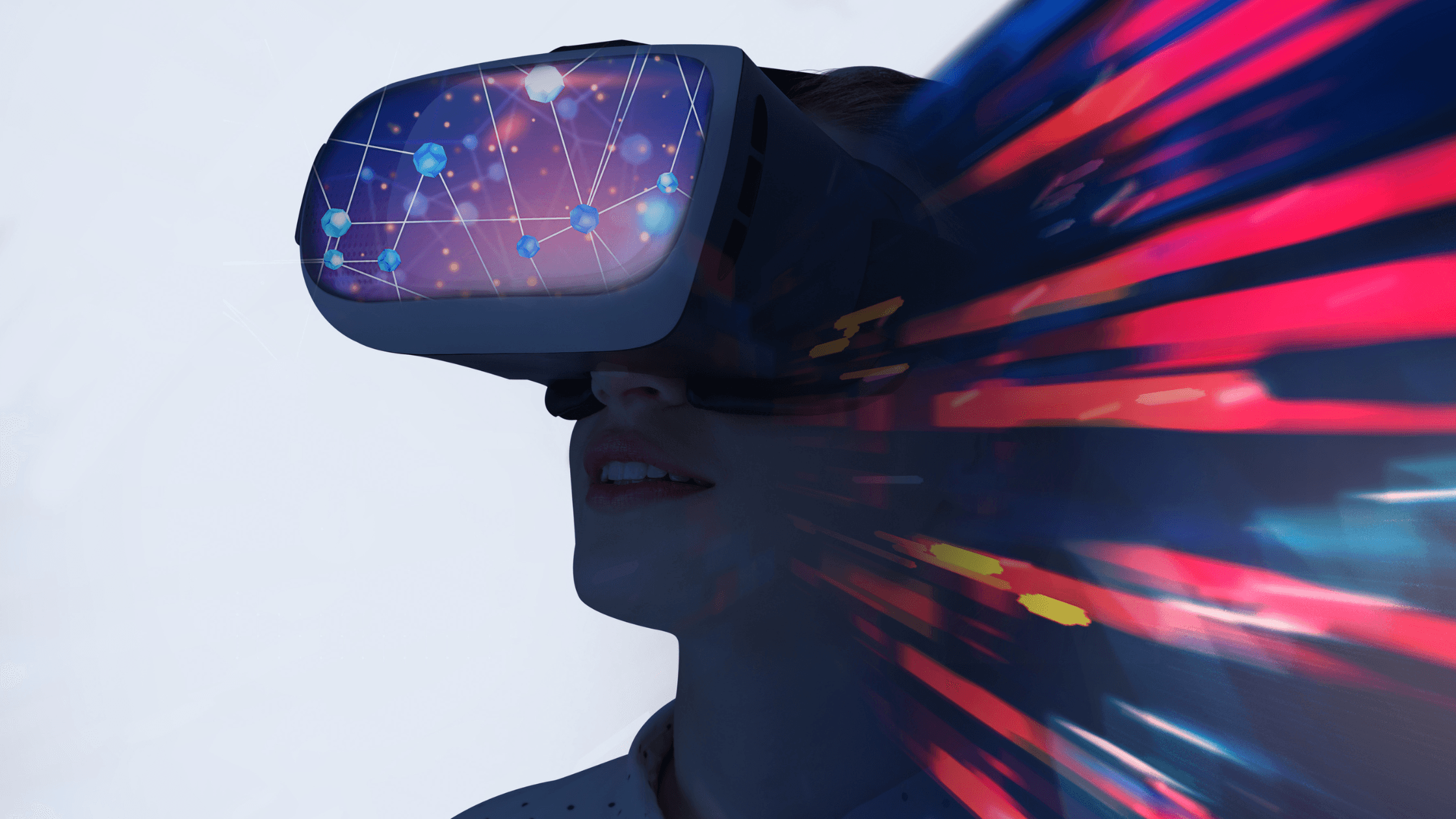
Let's meet
Level 16, Wisma UOA Damansara II, No 6, Changkat Semantan, Bukit Damansara Kuala Lumpur, 50490 Malaysia

360° virtual tours have evolved to become more than just a novel technology reserved for big companies. As more businesses embrace digital innovations, they have become a versatile marketing tool to enhance engagement with their audience.
Consider how websites and social media were once seen as fancy, good-to-have, but optional assets. Today, you would be shocked if any business owner were to tell you that they have absolutely no online presence. The same goes for 360° virtual tours and immersive technologies, which are seeing a rise in popularity among both businesses and consumers.
But let's start from the basics - what exactly are 360° virtual tours? Here's everything you need to know.
360° virtual tours are immersive digital experiences that simulate the experience of exploring a real environment or space. They are usually made up of 360° equirectangular images or videos that are stitched together with different softwares.

This immersive technology allows people to feel as though they are at the location: they can look up, down, and all around, while getting a closer look at the area or specific information. 360° virtual tours usually come with interactive features called 'hotspots', which let people navigate or interact with the visual elements. They can also be multisensorial, thoughtfully incorporated with background audio, videos, narration and other kinds of media that create a richer viewing experience.
They can come in different names: panoramic virtual tours, 360° tours, 3D tours, immersive experiences, digital twins, VR-based tours or Virtual Reality experiences. Their common goal is to replicate the experience of exploring a space, even when they are not physically present on site.

Yes, 360° virtual tours are a form of Virtual Reality! Of course, it also depends on the level of immersion they offer. While any 360° virtual tour can let you explore the digital space from your website or phone, true VR means that you can use a VR headset to see the space as though you are really there.
Let's take a look at the main types of 360° virtual tours out there:
Chances are, you have already come across 360° virtual tours — they are the most popular virtual tour options in the market. They are crafted by merging multiple 360° images of a space into one sweeping digital environment. You basically get a walkthrough of the place, without even getting off your couch. According to a Google Survey, 67% of people would like to see 360° virtual tours on company websites. Businesses who have a virtual tour on their website also see a 5 to 10% increase in viewership compared to those who do not own a virtual tour.
3D virtual tours offer a new dimension of exploring a site: through a digitally reconstructed environment. The entire virtual experience is in 3D, commonly made by rendering detailed and realistic images through 3D software. They can also be turned into more engaging formats when combined with advanced technologies like photogrammetry and photorealistic scanning. Your first thought might be something along the lines of video games or purely fictional worlds, but for preconstructed properties or reimaginations of heritage sites, 3D virtual tours can open up the possibilities.
Virtual Reality Tours are fully immersive experiences that you can enjoy using VR headsets. You can use the controllers to interact with elements using the headset, which can be a great way to capture attention and connect with people during exhibitions.
Imagine walking through a museum or historic site, and watching the world come to life with digital elements. This is what Augmented Reality (AR) Virtual Tour can do, allowing your smartphone or AR glasses to reveal 3D models, animations or hidden info in real-time. AR tours are great for turning everyday places into interactive experiences.
| Fun Fact The Virtual Reality market is expanding globally. It was valued at $25.11 billion in 2023, and is projected to reach $165.91 billion by 2030! |
You'll be surprised by just how far virtual tours have come! Once limited to real estate listings, 360° virtual tours have spread across numerous industries. This has been especially prominent after the Covid-19 pandemic, as businesses see the potential of 360° virtual tours in their marketing and operations. Here are several sectors that leverage on 360° virtual tours:
Property developers create 360° virtual tours to highlight their show unit in a digital platform, enabling their sales team to reach out to potential customers even when they cannot physically be on site. Many have also opted to use 3D virtual tours as an alternative to scale models, show units or physical brochures. Buyers are given the tools they need to visualise the project and make informed decisions.
See More: Hotel, Resort & Hospitality 360° Virtual Tour Services in Malaysia and Southeast Asia
360° virtual tours are widely used in the tourism sector to promote travel destinations, hotels, restaurants, and attractions. These show tech-savvy travellers the beauty of any destination in an engaging manner, even before they book a trip. Hotels, resorts and homestays also benefit by having greater global outreach for their property, whether it is the rooms, dining venues or MICE event spaces.
See More: Real Estate, Township & Property 360° Virtual Tour in Malaysia and Southeast Asia
Recent data shows that there is a 258% rise in 360° virtual tour usage among prospective students. Campus virtual tours provide a detailed and interactive view of the classrooms and facilities, helping to increase engagement and interest for students and parents. They can also be used for training purposes, helping universities to onboard newly recruited academic staff.
The medical sector has started using 360° virtual tours to give people a comprehensive view of their well-equipped spaces and state-of-the-art equipment. These help familiarize patients and their families with the centre before their visit, so that they can feel more comfortable and informed. From hospitals and clinics, to dental offices and confinement centres, 360° virtual tours are quickly rising in popularity as a way to build trust and transparency.
Companies are adopting 360° virtual tours to promote their factories and manufacturing plants. They give an in-depth, behind-the-scenes look of the factory floor, production lines and machinery, so stakeholders can see how products are made - all from their laptops or phone. Virtual tours empower businesses to conduct remote site recces, train new employees, and present their capabilities through a powerful presentation tool.
For traditional businesses like the timber sector, 360° virtual tours serve as a unique digitalisation tool. Virtual tours of timber showrooms can help business owners present their furniture and timber products to potential buyers, while factory virtual tours can be used to reach out to stakeholders from around the world.
Museums, art galleries and heritage sites are taking the digital route as well, with 360° virtual tours helping to reach a wider audience. Through interactive elements, visitors can explore the space, listen to immersive audio and read the information at their own pace.
When it comes to the automobile industry, 360° virtual tours allow companies to highlight the unique features and designs of the newest hot wheels. What better way to hook potential buyers to walk to your next showroom, than with an interactive tour in the vehicle itself?
These days, 360° virtual tours are not just about driving sales; it is about building up a brand through innovative storytelling. With a virtual tour to serve as an eye-catching visual presentation, potential investors can enjoy a virtual walkthrough of beautiful office buildings, business hubs, and industrial parks, anytime and from anywhere. Essentally, this can help you attract investors faster and with more impact!
Virtual tours offer many advantages for businesses seeking to put their marketing on full throttle, while engaging clients more effectively. Here are some of the benefits:
Virtual tours make a powerful marketing tool, that is, if you know how leverage it for your company. Here's how:
Actsugi is a virtual tour and digital content creator based in Kuala Lumpur, Malaysia. We create immersive 360° virtual tours for diverse industries with user-friendly layouts, high-quality 11K photography, true-to-life 3D renders, and a variety of storytelling features. Our virtual tours are optimised for web, mobile, tablets and VR devices - so they can be viewed anywhere and anytime across the world. Our team is based in Malaysia, and is able to accept work globally.